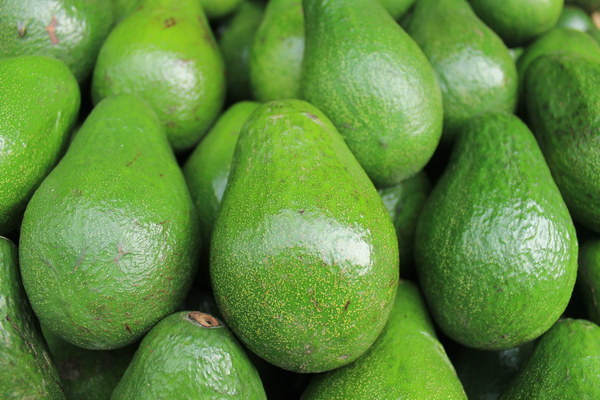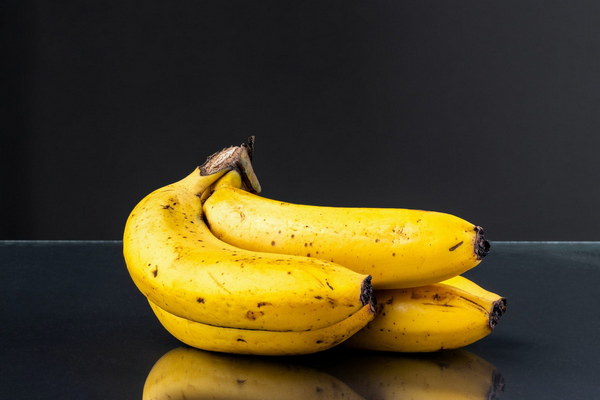Does Eating Beef Tripe Really Nourish the Stomach
In the realm of traditional Chinese medicine and culinary traditions, the consumption of beef tripe has long been associated with stomach health. The question that often arises is whether eating beef tripe can truly aid in nourishing the stomach. This article delves into the origins of this belief, examines the nutritional benefits of beef tripe, and explores the scientific perspective on its impact on gastrointestinal health.
The Historical Belief
The practice of eating beef tripe as a digestive aid has its roots in ancient Chinese medicine. Traditional Chinese medicine (TCM) holds that the stomach is the seat of digestion, and maintaining its health is crucial for overall well-being. According to TCM, tripe is considered a warm food that can help stimulate digestion and relieve gastrointestinal discomfort.

Nutritional Benefits of Beef Tripe
Beef tripe is not only a traditional remedy but also a nutritious food. It is low in fat and calories, making it a suitable option for those looking to maintain a healthy diet. Here are some of the key nutrients found in beef tripe:
1. Protein: Tripe is an excellent source of protein, which is essential for muscle repair and overall health.
2. Iron: It contains a good amount of iron, which is important for the production of red blood cells and the prevention of anemia.
3. Calcium: Tripe is also a source of calcium, which is vital for maintaining strong bones and teeth.
4. Vitamin B12: This nutrient is crucial for neurological function and the formation of red blood cells.
Scientific Perspective
While the nutritional benefits of beef tripe are well-documented, the scientific community has yet to conclusively prove that eating it directly nourishes the stomach. However, there are a few mechanisms through which beef tripe might contribute to gastrointestinal health:
1. Probiotic Properties: Some studies suggest that the bacteria present in tripe can be beneficial for gut health. These probiotics may help maintain a healthy balance of gut flora, which is essential for digestion and overall wellness.
2. Cholecystokinin (CCK) Release: Tripe contains a substance called cholecystokinin, which can stimulate the release of digestive enzymes and bile. This can help in the breakdown of food and absorption of nutrients.
Culinary Considerations
When incorporating beef tripe into your diet, it is important to note that it requires proper preparation. Tripe must be thoroughly cleaned and cooked to remove any impurities and ensure safety. Traditional methods often involve soaking, boiling, and sometimes fermentation to tenderize the meat and enhance its flavor.
Conclusion
While there is no definitive scientific evidence to support the claim that eating beef tripe directly nourishes the stomach, the food does offer several nutritional benefits that can contribute to gastrointestinal health. As with any dietary change, it is always advisable to consult with a healthcare professional before making significant adjustments to your diet. For those who enjoy the taste and potential health benefits of beef tripe, incorporating it into a balanced diet could be a positive addition to their meal plan.









